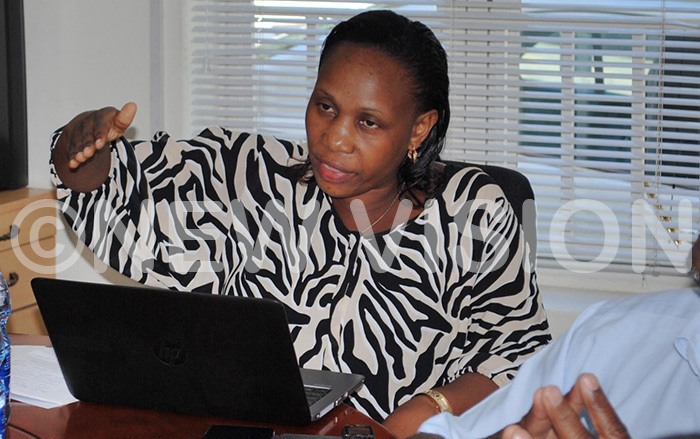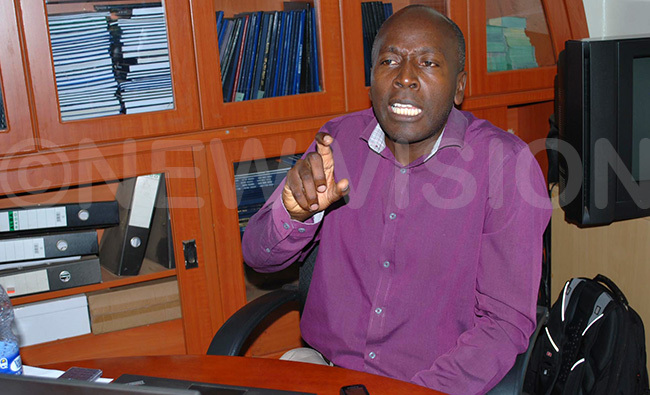'97% of Ugandans don't know how to use female condom'
The study was conducted among 574 people who were accessing entertainment places in 2015 in the districts of Gulu, Soroti, Nebbi, Kampala, Wakiso and Mbarara.
PIC: Some peer educators have previously said many women say the female condom is difficult to use. (AFP)
HEALTH | RESEARCH
Ninety-seven percent of Ugandans do not know how to use female condoms; a recent study by Makerere School of Public Health has shown.
The study was conducted among 574 people who were accessing entertainment places in 2015 in the districts of Gulu, Soroti, Nebbi, Kampala, Wakiso and Mbarara.
Participants were asked to explain the six steps involved in use of female condoms.
|
|
|
The same study showed that only 23% of participants could use the male condom correctly. But also the findings indicate that 40% of people in extra marital relationships were using the condom consistently but not correctly.
Dr. Justine Bukenya the co-investigator said to effectively prevent HIV and unwanted pregnancies, people have got to use condoms consistently (C) and correctly (C).
Emphasising the importance of what she called double CC.
Dr. Bukenya said lack of knowledge on condom correct use; something she also terms as efficacy is still a challenge.
She said it is therefore important to intensify training people on how to use condoms consistently and correctly.
 Dr. Justine Bukenya, co-investigator of the study addressing participants. Photos by Agnes Kyotalengelire
Dr. Justine Bukenya, co-investigator of the study addressing participants. Photos by Agnes Kyotalengelire
Experts during the workshop raised concern that despite the low knowledge on correct use of the existing condoms, research elsewhere in the world has unveiled a new type of female condom known as the Panty condom.
The panty condom is a knicker with an attached condom pouch.
Dr. Noah Kiwanuka, an HIV prevention researcher at Makerere University School of Public Health said the panty condom addresses some limitations of the "pant less" female condom it is replacing.
First, it is not easy to insert a "pantiless" condom.
"Before using the female condom, the woman has to press the ring at the lower part to become tubular before inserting it. But given the anatomy of the vagina it is difficult for anyone's finger to push the condom until it reaches the cervix," he explained.
 Dr. Noah Kiwanuka, co-investigator explaining how the panty condom works. Photo by Agnes Kyotalengerire
Dr. Noah Kiwanuka, co-investigator explaining how the panty condom works. Photo by Agnes Kyotalengerire
Secondly, even after proper insertion, the "pantiless" female condom does not cover the external part of the genitalia.
This may put a woman at risk of infections especially in some cultures where most sex is non-penetrative and is done mainly using the external genitalia.
Additionally, because the outer ring does not completely cover the outer part of the female genitals, during penetration it is easy for the penis to slide between the condom and the body other than going through the opening of the condom.
This would mean that sex takes place with the condom inserted but with the woman not protected.
Additionally, when using the female condom a woman needs to know the timing of sex so that she can insert it correctly and ahead of the act.
The timing of sex may not be predictable in some situations and circumstances.
Other challenges mentioned were the issue of lack of capacity to test the female condom also surfaced during the workshop as Dr. Bukenya said.
"We only have capacity to test the male condoms but not the female.
"In addition once the condoms get to the community, we do not have a system to see how they are doing, so post market surveys are not readily conducted," she explained.
 Dr. Joseph KB Matovu, co-investigator in the studies, addressing fellow co-investigators and journalists, during a media briefing. Photos by Agnes Kyotalengerire
Dr. Joseph KB Matovu, co-investigator in the studies, addressing fellow co-investigators and journalists, during a media briefing. Photos by Agnes Kyotalengerire